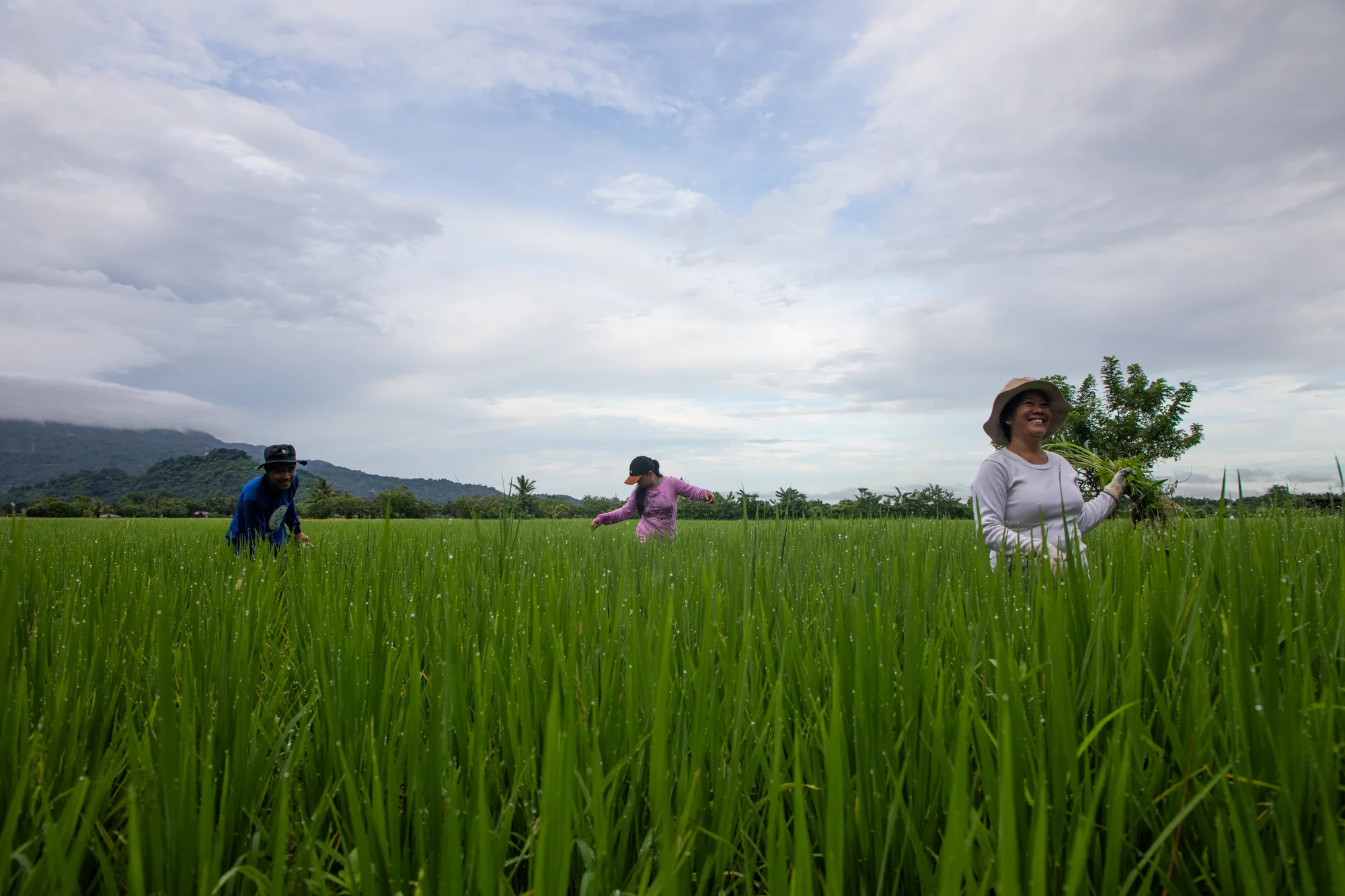
Background
Despite significant changes in the Philippine economy, rice remains a vital source of calories for consumers, especially the poor, and is the top crop grown by farmers. The rice sector has transformed over the past 20 years, notably after the Rice Trade Liberalization (RTL) law in 2019 and the introduction of the Rice Competitiveness Enhancement Fund (RCEF). These developments necessitate an updated assessment of the rice sector that is accessible to policymakers and the public.
The findings of this project will merge new and earlier data to present a comprehensive overview of the rice sector's current state and future trends. Key focus areas will include production costs, input usage, and their impact on yields and income, along with the role of credit, training, and crop diversification. It will also analyze the domestic marketing system, comparing trends in rice marketing margins with Thailand and Vietnam and examining the effects of international trade policies.
Additionally, the book will assess how incomes, prices, and urbanization affect rice demand and explore the changing role of rice in Filipino diets. Subnational variations will be considered, and the Philippines' rice dynamics will be contextualized within broader Asian trends, including its influence on inflation.
Objectives
This project aims to conduct an in-depth assessment of the structural transformation of the Philippine rice economy over the past two decades. Specifically, it aims to:
- Assess the changes in the Philippine rice economy regarding domestic production, imports, tariffs, prices, marketing margins, and inflation.
- Evaluate the competitiveness of Philippine rice production and marketing compared to Thailand and Vietnam over the last decade.
- Determine rice self-sufficiency levels across Philippine provinces. • Analyze changes in rice farms, including yield, costs, profitability, technology use, and farmer demographics.
- Identify opportunities for rice-based diversification and factors influencing farmers' decisions to diversify.
- Examine consumption and expenditure patterns of rice and complementary products nationally, regionally, and by income groups.
